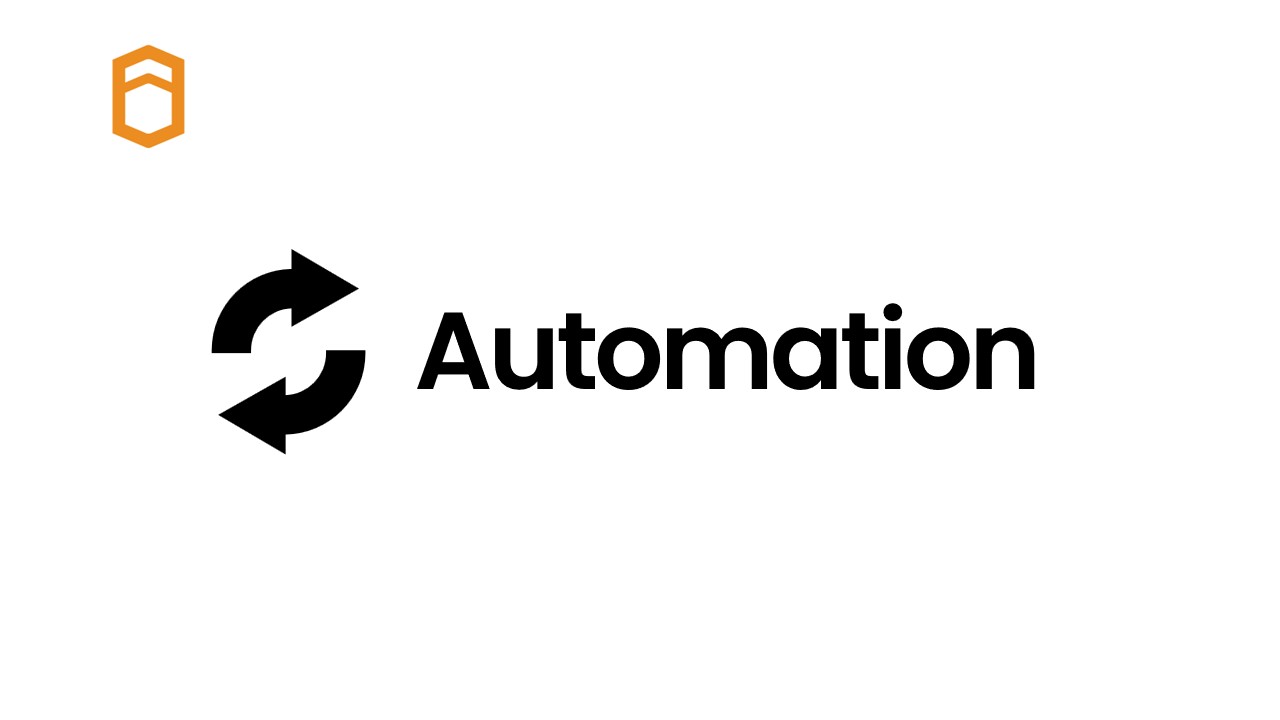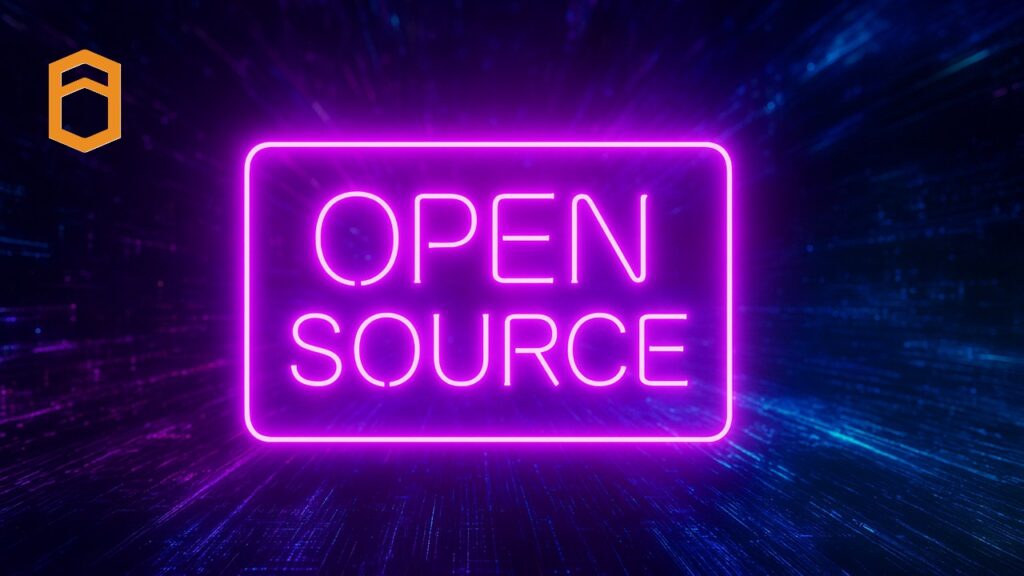In today’s enterprise IT landscape, automation and operational efficiency have become a fundamental strategic imperative. At the GSUK conference, the PopUp Mainframe session entitled “Automate the Heck Out of Every LPAR” showcased how automation, particularly using Ansible, is transforming mainframe operations.
Here’s a summary of our discussion.
Why Automation Matters
At the heart of the story, the strategic value of automation sits across three pillars: operational efficiency, customer value, and innovation. For PopUp Mainframe, automation aims to enable scalable, repeatable processes that improve both our internal lab management and customer-facing features and services.
Ansible as the Automation Engine
We presented Ansible as the cornerstone of our automation strategy. It is quickly emerging as a de-facto industry standard to support automating mundane tasks. Its simplicity, powerful z/OS modules, and alignment with industry standards make it an ideal choice for a variety of use-cases. Additionally, Ansible’s marketplace and ease of learning have helped the PopUp Mainframe team quickly understand, devise, build, and deploy our own automation solutions.
Overcoming Technical Challenges
Of course, implementing new technology is never a totally flawless exercise, and adopting Ansible in the PopUp lab wasn’t without its own hurdles. The team encountered issues with VM inconsistencies, z/OS versioning, and password management. These challenges were met with a robust architecture that included GitHub integration, secrets management via IBM Cloud Secrets Manager, and a centralized Ansible control node. Establishing a more robust approach to Ansible implementation needed some thought, but in the end gave us the solid foundation we needed.
Architecture in Action: PopUp Playbooks
The architecture spans both virtual and physical mainframes. Ansible Playbook source code is stored in GitHub, provides playbooks which can be executed remotely against any z/OS environment, and secured with secrets management. This setup ensures flexibility and security while maintaining control over deployments.
The PopUp Mainframe product includes a broad range of Ansible playbooks to help users and product administrators simply and accelerate routine tasks. Our playbook library covers the following areas, all intended to streamline and simplify the administration of the PopUp virtualized z/OS environment –
- z/OS health checks
- Configuration and user management
- Maintenance routines
- Software installation
These examples illustrate how automation can handle routine tasks reliably and consistently, and are just the start of our journey. We are constantly adding new playbooks to the product, which we will continue to share with our customers.
Automation Outcomes
The team’s reflections on their journey underscored significant improvements: increased standardisation, documentation of expert knowledge in code, and notable gains in operational speed. These outcomes not only streamlined routine procedures but also laid the groundwork for ongoing innovation and efficiency across the mainframe environment.
Improved standardization, codified knowledge, and speed improvements were all tangible outcomes of our automation journey and, with the resulting Playbooks now provided with the product, we’re delighted to provide the same benefits to our customers.
Tips for Implementation
Reflecting on our own journey towards automation using Ansible, for teams looking to adopt the technology, we would offer the following practical advice:
- Leverage the Ansible community. There is a wide variety of support out there if you know where to look, including monthly Ansible community guild calls, an active Discord channel, blogs, LinkedIn groups, forums, and more.
- Get team buy-in early. We ran hands-on playbook sessions where all team members were invited to login and run some playbooks. They quickly realised how easy it was!
- Define standards (for example using Ansible lint) and write clear README files – this is critical to ensure the playbooks can be run without specific technical knowledge which is key to democratising access to z/OS.
Additionally, determining the right way to measure that progress helps build a tangible aspect to the journey that you can record, report and use to justify further steps.
Looking Ahead
Strategically, the path of continuous operational improvements is never complete. So, for our Ansible implementation, our future plans include:
- Better tracking of playbook validation
- Building additional custom playbooks for specific use cases
- Making playbooks available to customers via AAP (Ansible Automation Platform)
- Exploring event-driven automation
Here’s a previous article about the earlier steps in our Ansible journey. For more information on the PopUp Mainframe product, go here.



